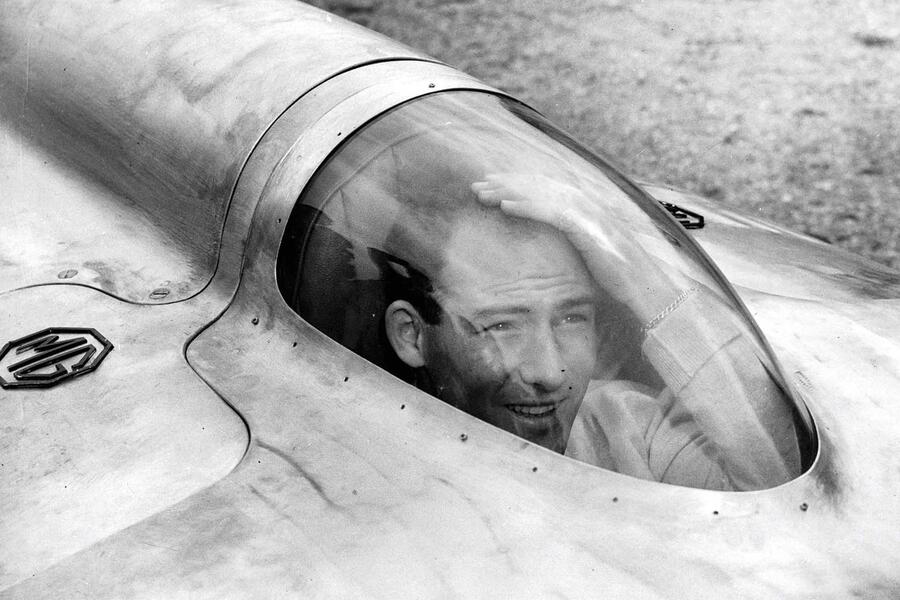At the Beijing motor show, MG unwrapped an attention-grabbing new concept car in celebration of its centenary: an electric hypercar named the EXE181, with an ultra-low profile and a single, central seat.
But while it looked futuristic, it was directly inspired by a famous MG from 67 years ago, the EX181 (‘EX’ standing for ‘experimental’).
And to tell this story properly, we have to go even further back. In 1930, engineers and racers George Eyston and Ernest Eldridge conspired with MG founder Cecil Kimber to snatch top-speed records in the 750cc class from the Austin Seven, using a blower by Eyston’s Powerplus supercharger company, to score an invaluable marketing tool for both of them.
Autocar Archive: 128 years of magazines available online
The basis was MG’s new M-Type sports car, with its engine tripled to 60bhp and its body streamlined to create the EX120, or Magic Midget – and it indeed became the first 750cc car to surpass 100mph at France’s Montlhéry GP track.
Undeterred by a fiery crash that put him in hospital, Eyston set to work on the EX127, which was made yet more aerodynamic by way of a wind tunnel and had a lower driving position. It would extend the 750cc record to 120mph.
In 1934, Eyston set his sights on the 1100cc class record too, transforming an MG K-Type sports car into the EX135, nicknamed the Humbug for its cream-striped green livery. It hit 120mph.

A few years later, the EX135 was revised by legendary engineer Reid Railton, gaining a low, sleek, pill-shaped body, for a new attack by racing driver Goldie Gardner.
Using a long, straight stretch of Germany’s unique autobahnen in May 1939, Gardner put the 1100cc and 1500cc records past 200mph.






Add your comment